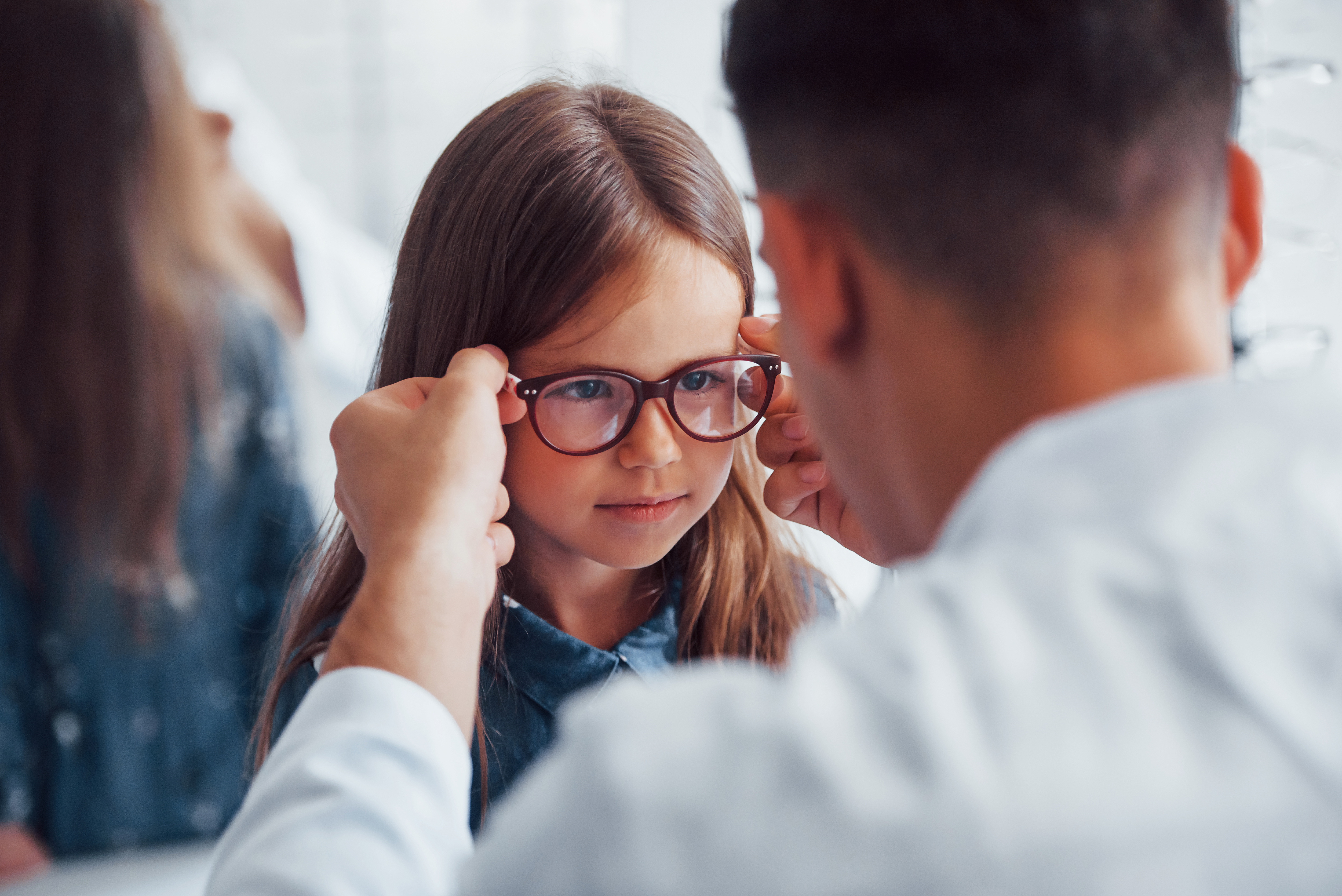
Pre-reading questions
I will read each question. Then, please answer them.
講師がそれぞれの質問を読むので答えましょう。
- Do you have good eyesight?
- How do you take care of your eyes?
Vocabulary
I will read the words, meanings, and sample sentences. Then, repeat after me.
単語、意味、例文を読みます。講師に続いて音読しましょう。
- among /uh-MUHNG/
- case /keys/
- blind /blahynd/
- worse /wurs/
- take care /teyk kair/
[preposition] – happening or being included as part of a group of people or things
Ice cream and candies are popular among children.
[noun] – a particular situation or example of something
Mary has been suffering from a bad case of sunburn.
[adjective] – unable to see
My grandfather started to go blind in his late sixties.
[adjective] – more unpleasant, difficult, or severe than before or than something else that is also bad
The weather today is worse than yesterday.
[phrasal verb] – be cautious; keep oneself safe
Please take care of your health!
Article reading
Please read the whole article. Then, I will check your pronunciation and intonation.
記事を音読しましょう。講師はあなたの発音とイントネーションを確認します。
Parents in Singapore started noticing a change in their children in the late 1980s and early 1990s: they were becoming more shortsighted. Singapore is known as “the myopia capital of the world,” with its high case of shortsightedness among young adults at almost 80%.
Although countries have different ways of life, all are connected by the fast-growing cases of shortsightedness. About 40% of adults in the United States are shortsighted, up from 25% in 1971. In Taiwan, mainland China, and South Korea, the rates for teenagers and young adults range from 84% to 97%. If this continues, half of the world’s population will be legally blind by 2050. Why is there a global vision crisis now? Education has unintentionally made shortsightedness worse, even though it’s beneficial for children’s lives. Traditional educational methods, which mainly include long hours spent in classrooms, appear to be continuously harmful to children’s eye health.
In the end, a child’s vision is part of their overall health. It’s important to take care of your entire body and your mental health, not just your eyes.
Although countries have different ways of life, all are connected by the fast-growing cases of shortsightedness. About 40% of adults in the United States are shortsighted, up from 25% in 1971. In Taiwan, mainland China, and South Korea, the rates for teenagers and young adults range from 84% to 97%. If this continues, half of the world’s population will be legally blind by 2050. Why is there a global vision crisis now? Education has unintentionally made shortsightedness worse, even though it’s beneficial for children’s lives. Traditional educational methods, which mainly include long hours spent in classrooms, appear to be continuously harmful to children’s eye health.
In the end, a child’s vision is part of their overall health. It’s important to take care of your entire body and your mental health, not just your eyes.
True or False:
Read the sentences and identify if they are true or false based on the article.
文章を読んで、記事に基づいて正誤を答えましょう。
- Singapore is named “the myopia capital of the world.”
- Almost 80% of young adults in the United States are shortsighted.
- Half of the world’s population will be blind by 2030 if the current trend continues.
- Education is one reason why shortsightedness has become worse.
- Staying outdoors is harmful to children’s eye health.
Fill in the blanks
Choose the correct word from the table then fill in the blanks.
適切な言葉を選んで空欄を埋めましょう。
| among | case | blind | worse | take care |
- This story is popular _______ teenagers.
- The heat is ______ this month than the last.
- Tom was born _______.
- _______ going home!
- The _______ of the disease has decreased.